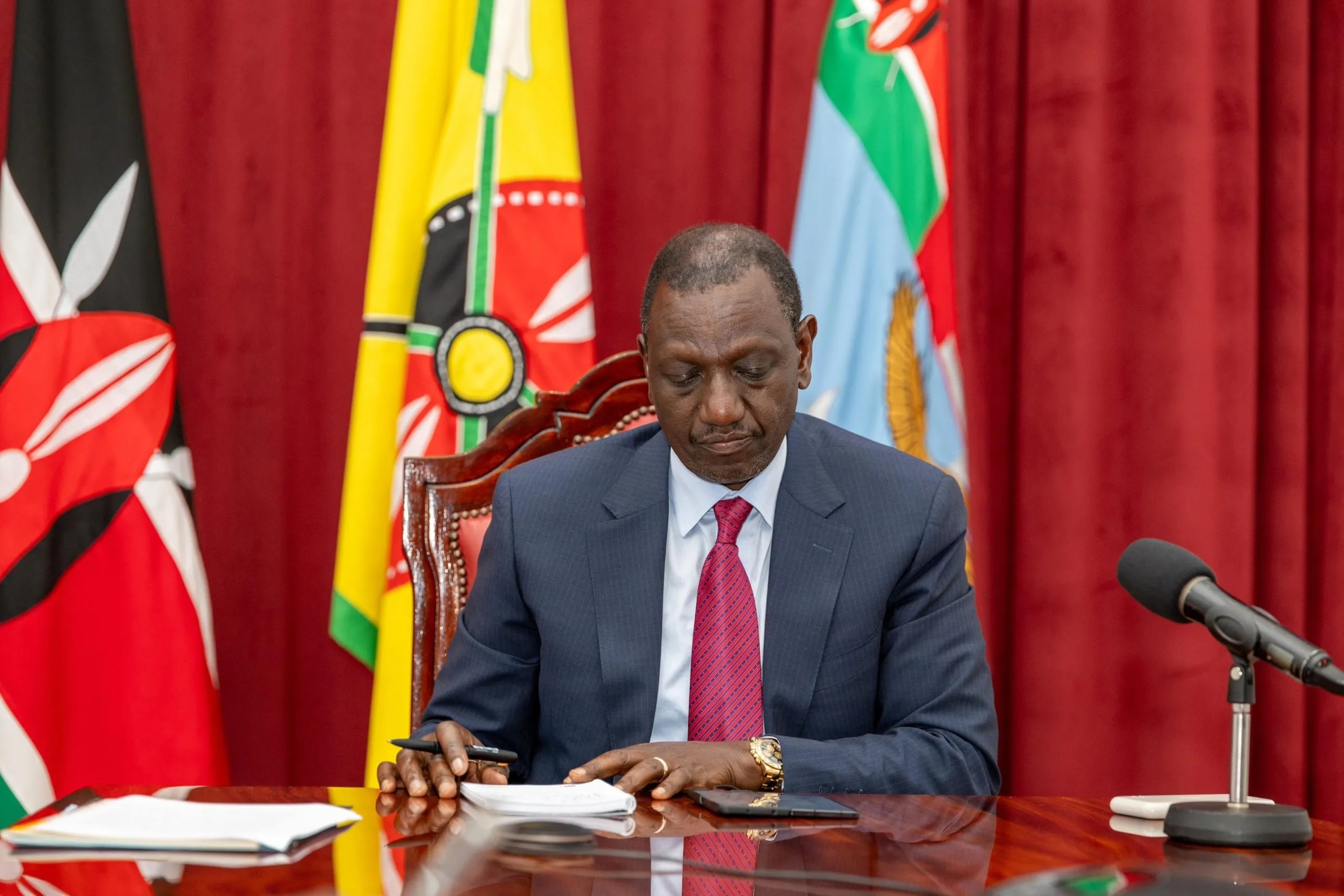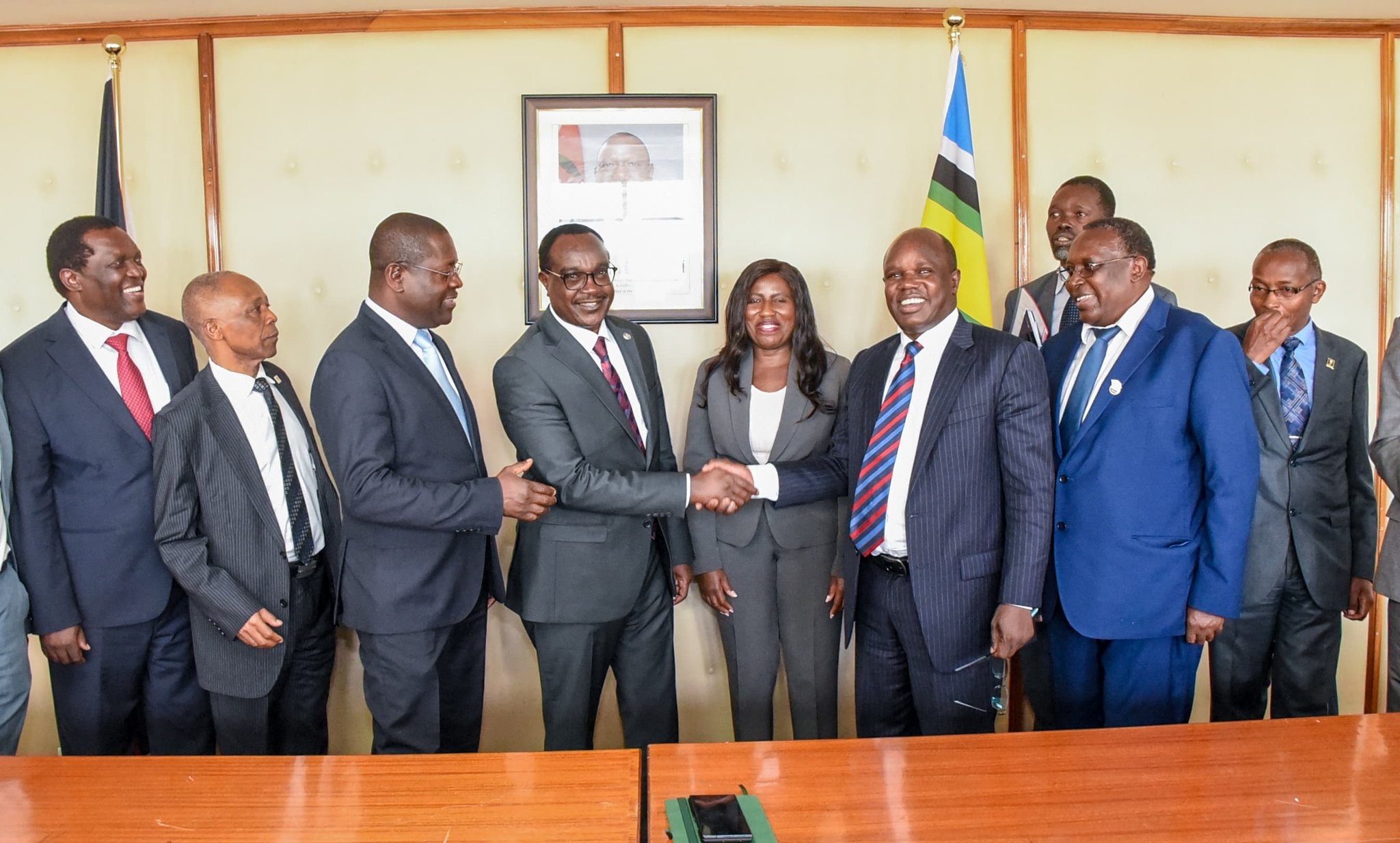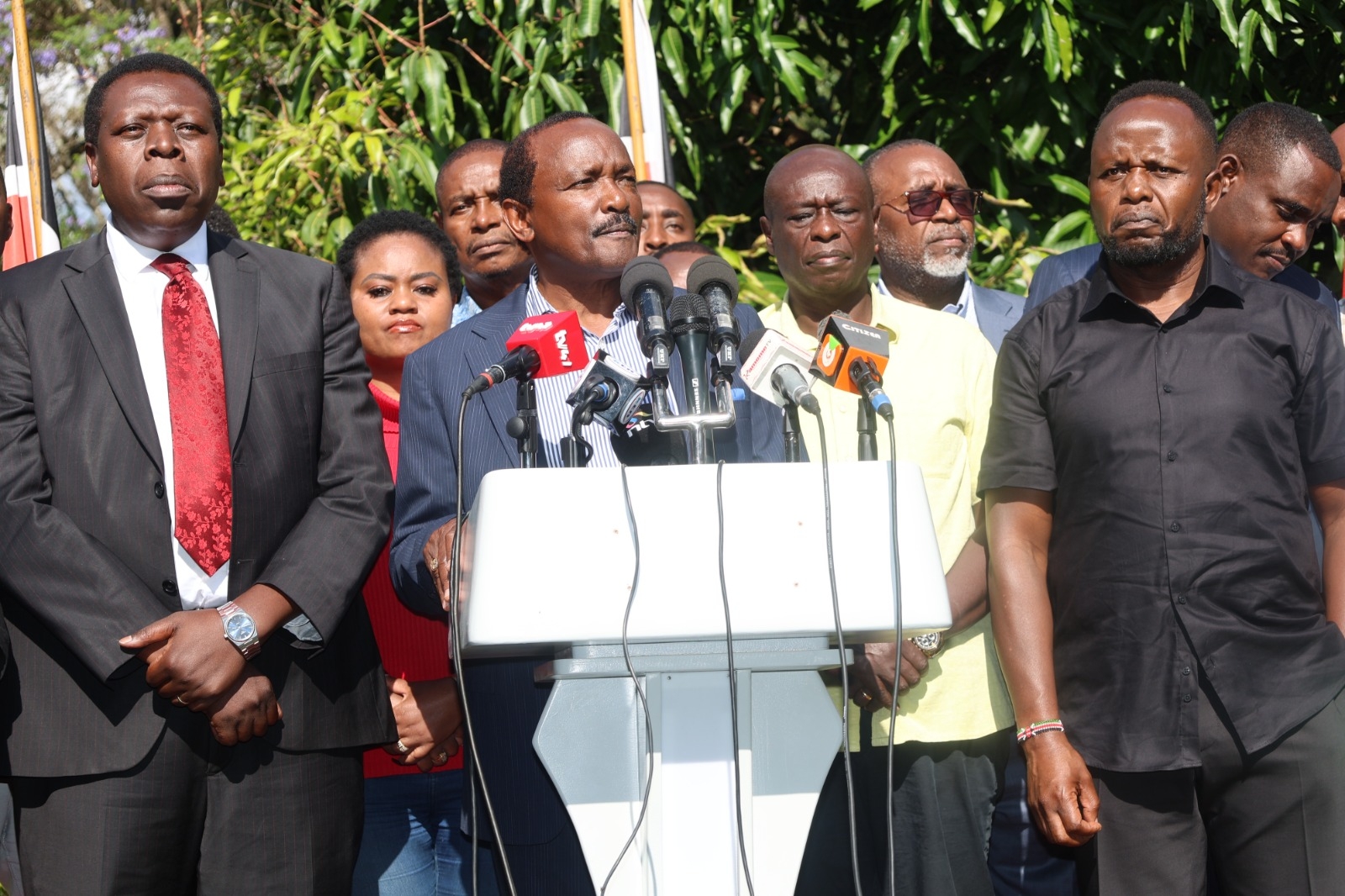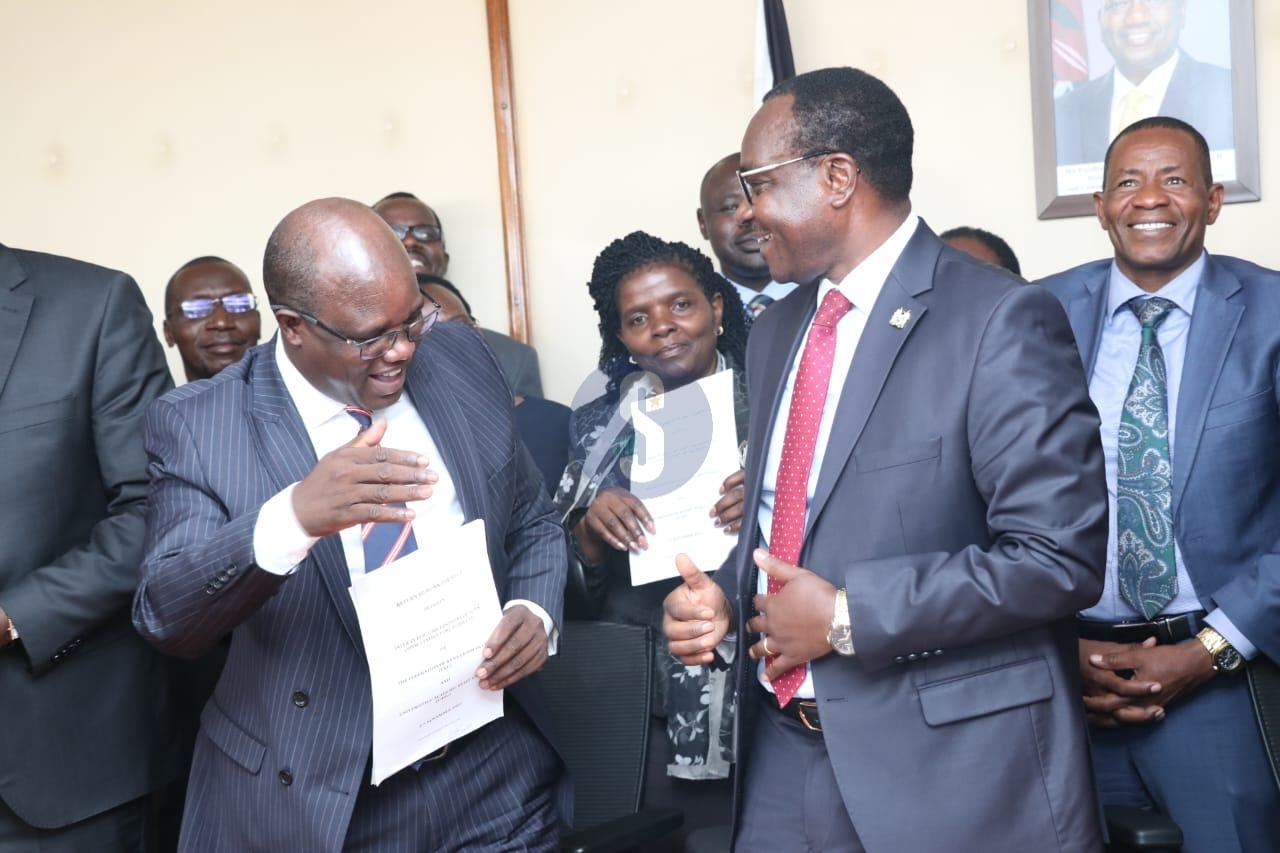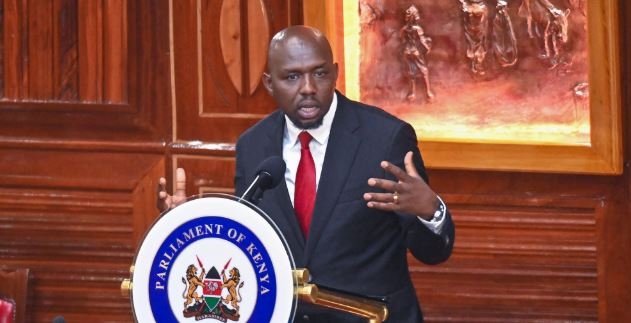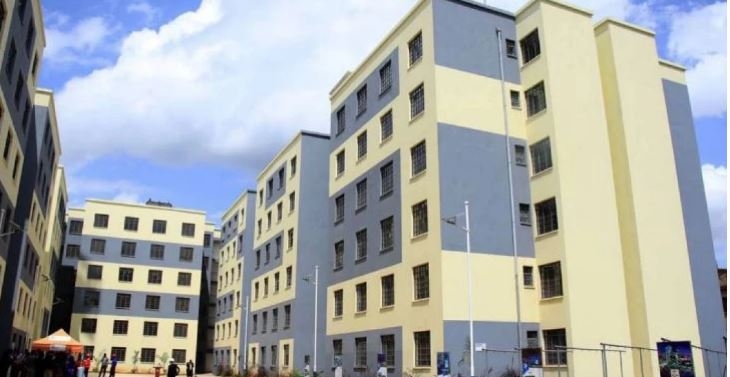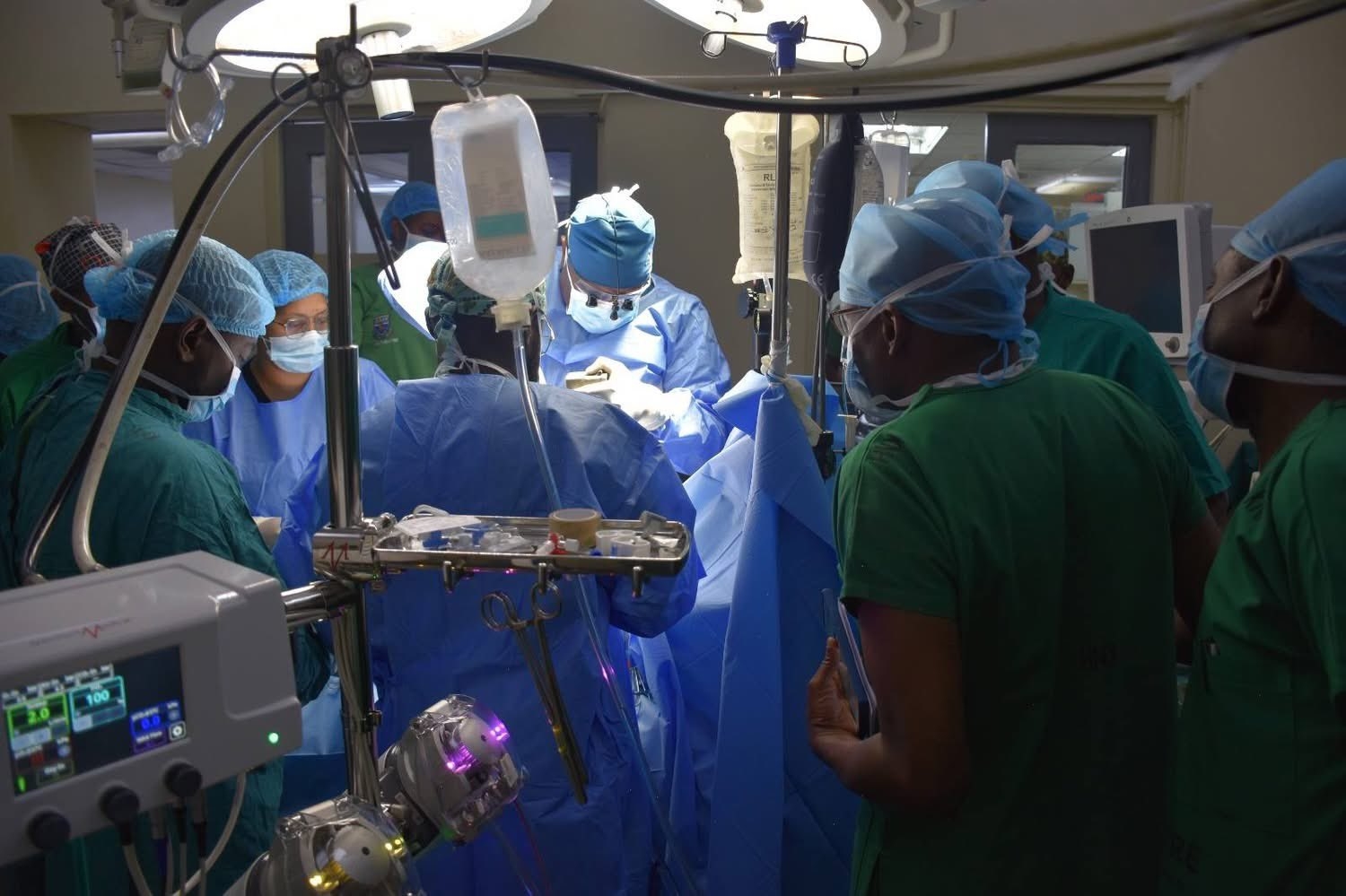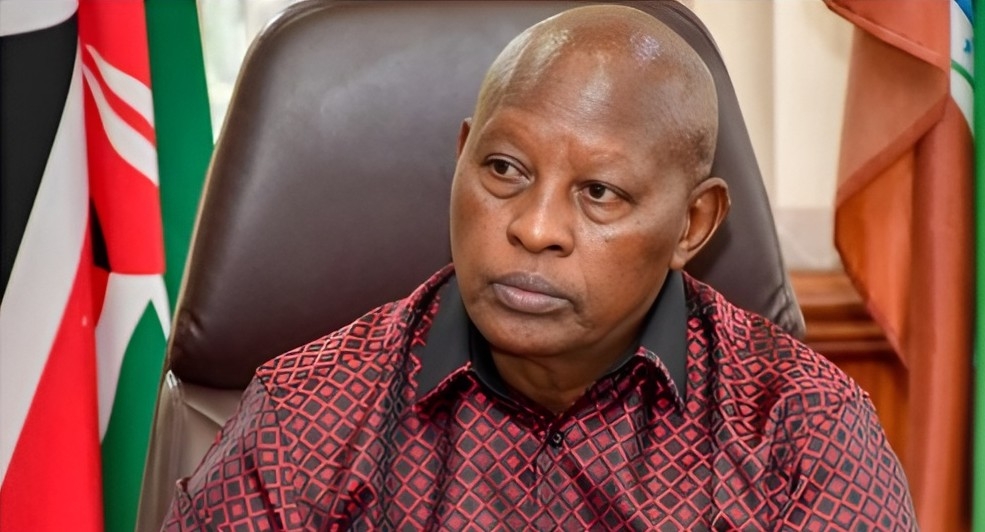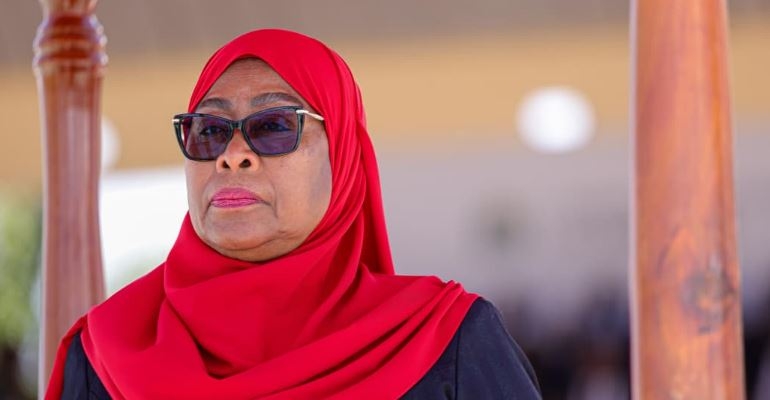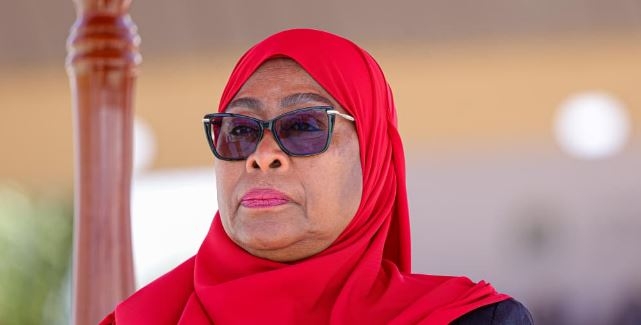Regions along Lake Victoria and the Indian Ocean are set to benefit from a Sh1 billion investment by the Mining, Blue Economy Ministry.
The investment seeks to tap into opportunities along the water bodies and change lives.
Cabinet Secretary Salim Mvurya said the project targets 11 counties with more than 50,000 poor and vulnerable people zeroed -in on.
Sixty per cent of the beneficiaries are women.
The counties include Kwale, Mombasa, Kilifi, Tana River, Lamu, Taita Taveta, Busia, Siaya, Kisumu, Homabay and Migori.
Sh200 million has been committed to three medium enterprises in the programme.
Mvurya said the ministry has initiated and developed institutional reforms through the Kenya Fisheries policy and the National Oceans and Fisheries policy.
He told a Senate committee that his Ministry has developed the Marine Spatial Plans for Indian Ocean and Lake Victoria basins, which have been approved by the Cabinet.
In addition, the ministry is developing Lake Turkana Fisheries Management plan, Small Purse Seine Fishery Management Plan, Lobster Fishery Management Plan, Marine aquarium Fishery Management Plan and Prawn Fishery Management plan.
Others are Lake Naivasha Fisheries Management Plan, National Aquaculture Development Strategy and Plan, National Fish Marketing Strategy.
The CS said there is a multi-sectorial determination and efforts to fully tap the blue economy resources.
“We have reviewed the National Oceans and Fisheries Policy and proposed that the name be changed to The Kenya Fisheries Policy to enable the inland waters to be incorporated into the policy. In addition, developing the National Blue Economy Strategy. Plans are underway for the review of National Aquaculture Policy and Tuna Management and Development Strategy,”Mvurya said .
The Ministry has developed Regulations to operationalise the Fisheries Management and Development Act, 2016.
The Regulations include, Marine Fisheries Regulations, Inland Fisheries Regulations, Recreational Fisheries Regulations, General Fisheries Regulations, Fish Safety and Quality Regulations, Beach Management Units Regulations, Fish Levy Trust Fund Order and Aquaculture Regulations.
Senator Miraj Abdulrahman sought to know the progress the ministry had made in the development of policy and legal framework for Blue Economy.
Mvurya said the Ministry has further initiated the development of the Monitoring, Control and Surveillance Regulations and has come up with the Blue Economy concept initiating the process for the development of Kenya Blue Economy Policy.
Miraj asked Mvurya to provide details on the disbursement of the Sh1 billion under the “Investing in Women in the Blue Economy in Kenya Project”.
The project is run by the Africa Enterprise Challenge Fund and funded by the Department of Global Affairs, Canada.
Mvurya, in his response, said investing in Women in the Blue Economy in Kenya is a five-year programme that started in February 2022 and will end in November 2026.
It is estimated that 60 per cent of labour force in the fisheries sector is provided by women.
The CS said the ministry is increasing engagement of women within the coastal and marine ecosystem to not only ensure collective responsibility in the conservation and sustainable use of blue resources, but also increase opportunities for decent work and reduction of poverty at household levels.
“Kenya has targeted responses at policy levels to address obstacles faced by women and increase their participation in the blue economy-related activities and to empower them for immediate and long-term benefits,” Mvurya said.
He said the Cabinet approved the Kenya Fisheries Policy 2023, which seeks to mainstream gender equity in both public and private blue economy projects.
It will also provide training programmes and access to financing and promoting leadership roles to promote women inclusion in the sector.
The draft National Blue Economy Strategy is also being developed by the ministry and seeks to grow a sustainable and resilient blue economy by fully including women and their potential.


